Optimal Timing for Waterproofing Projects
Proper timing for waterproofing projects ensures optimal results and durability. The right season can prevent issues caused by weather conditions that may compromise the application process or the effectiveness of waterproofing materials.
Spring offers moderate temperatures and lower humidity, ideal for waterproofing applications. It allows sufficient curing time before the heat of summer or cold of winter.
Summer provides longer daylight hours and warmer weather, which can accelerate drying and curing. However, high temperatures and humidity may require careful planning.
Fall is suitable due to cooler temperatures and lower humidity, reducing the risk of rapid drying or weather interruptions during application.
Winter is generally not recommended due to freezing temperatures and potential moisture issues, which can hinder proper application and curing.

Ways to make Waterproofings work in tight or awkward layouts.

Popular materials for Waterproofings and why they hold up over time.
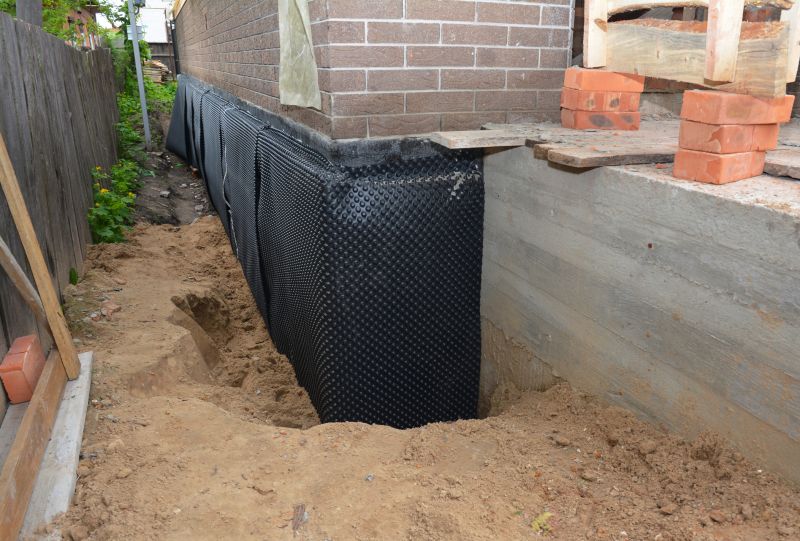
Simple add-ons that improve Waterproofings without blowing the budget.
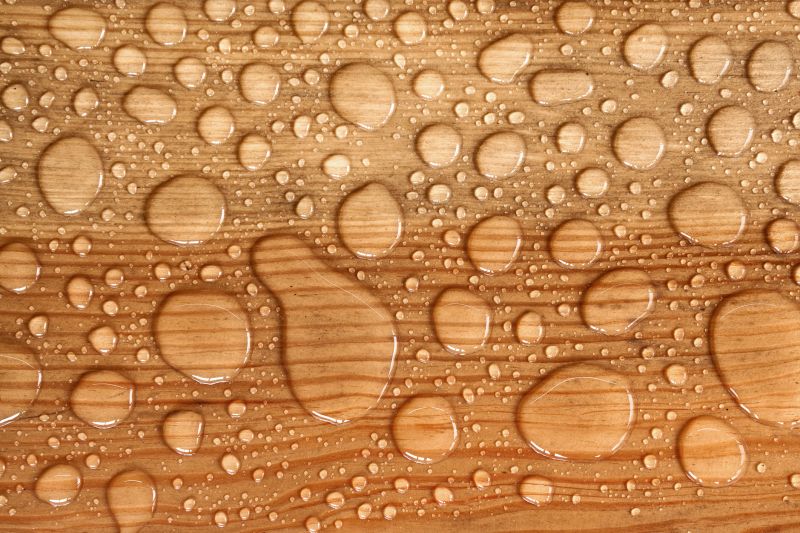
High-end options that actually feel worth it for Waterproofings.
Waterproofing involves applying materials designed to prevent water penetration and damage to structures. It is essential for protecting foundations, roofs, basements, and other critical areas. Proper waterproofing enhances structural integrity, prevents mold growth, and reduces long-term repair costs. Statistics show that effective waterproofing can extend the lifespan of a building by decades, with some studies indicating up to a 50% reduction in water-related damages when appropriately maintained.
Choosing the right time for waterproofing depends on climate, project scope, and material specifications. Spring and fall are generally preferred seasons due to favorable weather conditions that support proper application and curing. Summer can be suitable if precautions are taken to manage high humidity and temperatures, while winter is typically avoided because of freezing risks that impair material effectiveness.

Finishes and colors that play nicely with Waterproofings.
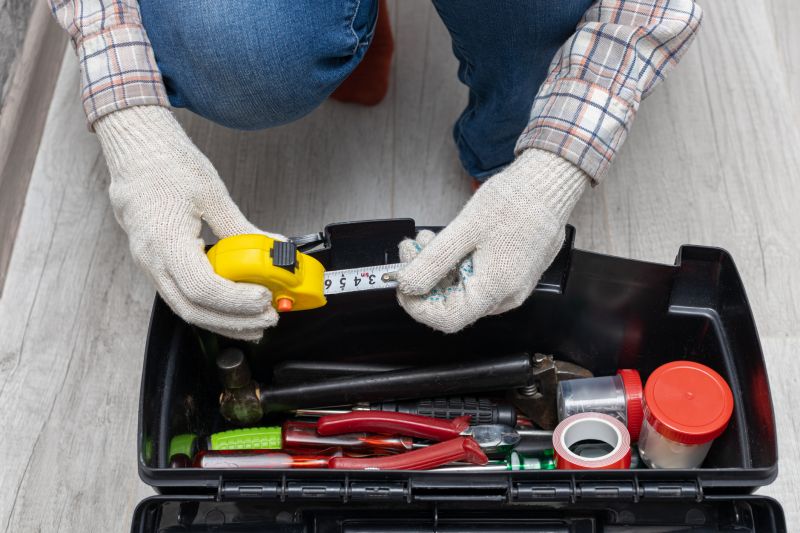
Little measurements that prevent headaches on Waterproofings day.
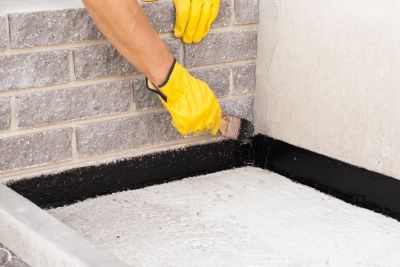
A 60-second routine that keeps Waterproofings looking new.

A frequent mistake in Waterproofings and how to dodge it.
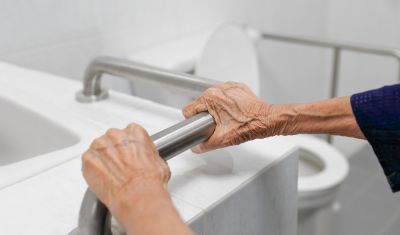
Small tweaks to make Waterproofings safer and easier to use.
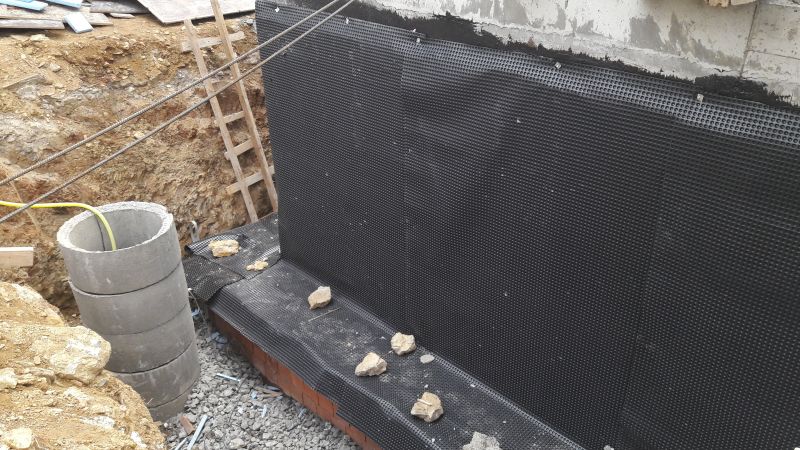
Lower-waste or water-saving choices for Waterproofings.
| Season | Suitability for Waterproofing |
|---|---|
| Spring | Ideal due to moderate weather and lower humidity. |
| Summer | Possible with precautions for heat and humidity. |
| Fall | Highly suitable with cooler temperatures. |
| Winter | Generally not recommended due to freezing risks. |
| Late Fall to Early Spring | Limited due to weather variability. |
Proper timing for waterproofing projects ensures long-lasting protection against water intrusion. Consulting with professionals can help determine the optimal season based on local climate conditions and project specifics. Regular inspections and maintenance further enhance the effectiveness of waterproofing systems over time.
Interested in waterproofing solutions? Filling out the contact form provides a way to get expert advice tailored to specific needs and local conditions in Woodstock, GA.



